UNDERSTANDING AND AVOIDING DISCOLORED CONCRETE
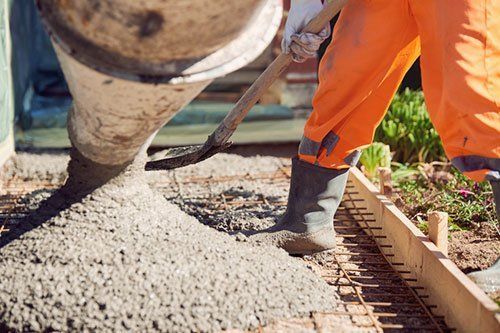
THE CURING PHASE
MEMBRANE BUBBLES
PREVENTING DISCOLORATION
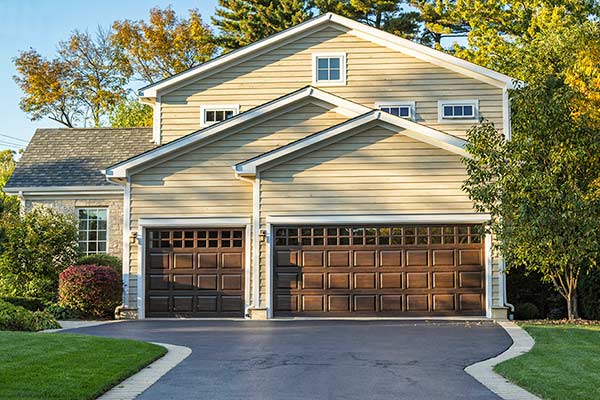
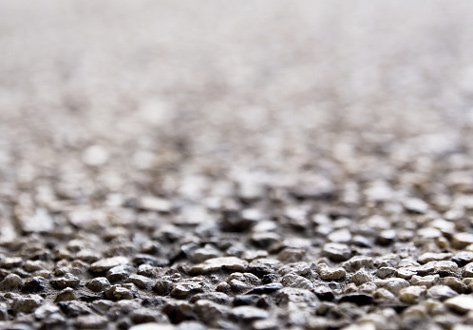
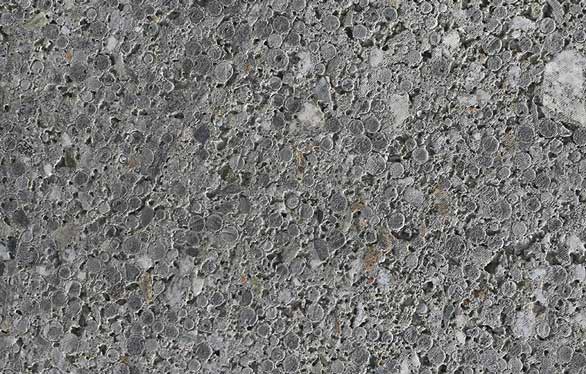
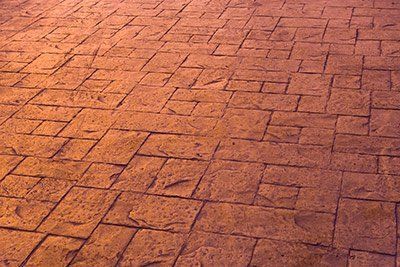












Customer Service, Other, Quality, Timeliness
I was impressed with the "craftsmanship" in that I could see the dedication to doing the job right. Communication was great, all questions were answered and the job turned out excellent.
- JM
10/3/17, 7:04 AM

Customer Service, Other, Quality, Timeliness
We are very pleased with the concrete work on our driveway and patio. CCD got the flow and curves for the driveway just the way we wanted. The stamped patio looks great and will be a pleasure to enjoy in warmer weather.
- DJ

Customer Service, Other, Quality, Timeliness
The service we have received from Carolina Concrete Design has been outstanding! Beautiful job, great customer service and very professional. Will use again.
- SW
03/22/18, 2:30 PM

Nice variety of concrete stamps & colors at very reasonable prices
-Thomas A.

These guys are awesome. I just moved into my house and they put stamped concrete in the house and an outside patio. The company team arrived on time and were ready to work. And it was a demonstration of "team work"! I am more than satisfied with the results! I love my floors!
- carabywest

Had a stamped concrete patio installed and we love it. The crew was great and very patient as we changed the design a little bit when they were installing it. Would definitely recommend.
- John P.

Our project was delayed because of weather, but the result was well worth the wait.
-Lori S.

Extremely professional and the best decorative concrete in North Carolina, if you want quality and to have friends and family in awe and jealousy about your driveway, walkway or patio contact them.
-John S.